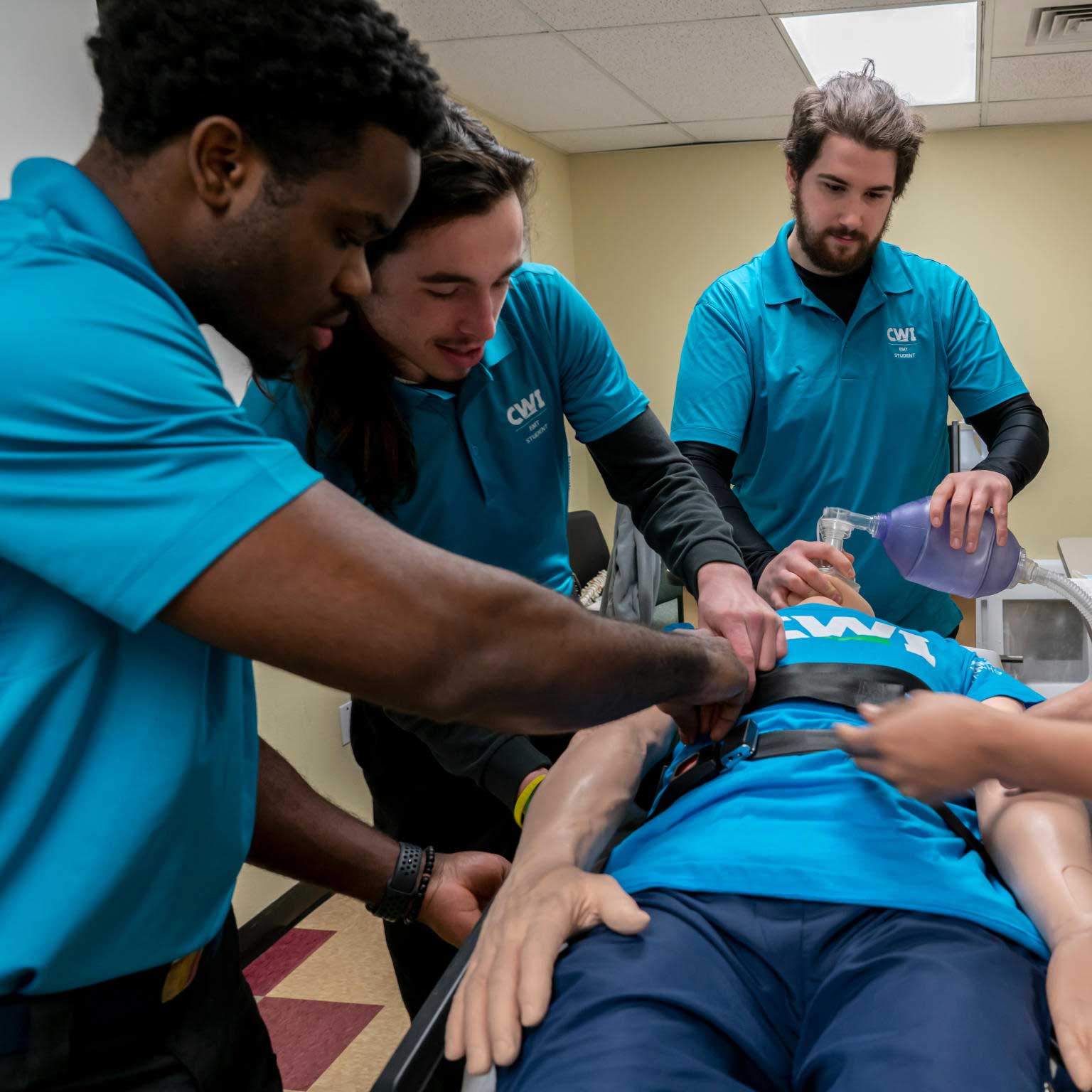Enhancing Rehabilitation and Performance Through Efficient Injury Mitigation Strategies in Physical Rehabilitation and Personal Training
Enhancing Rehabilitation and Performance Through Efficient Injury Mitigation Strategies in Physical Rehabilitation and Personal Training
Blog Article
Within the realm of physiological rehabilitation and personal training, harm avoidance is a vital aspect that can significantly enhance recovery and efficacy. Efficient injury prevention tactics help individuals prevent setbacks that can arise due to exercise activity. These strategies are crafted to fortify the body, improve mobility, and promote correct motion mechanics. By focusing on these areas, both physical therapists and individual coaches can empower their clients to attain their fitness objectives while minimizing the risk of harm.
One of the essential components of injury avoidance is comprehending the importance of proper preparation and recovery protocols. A preparation readies the body for activity by boosting circulation flow to the tissues and improving flexibility. This can consist of active stretches and light cardiovascular activities that gradually elevate the cardiac rate. On the contrary side, a cool-down assists the physique transition back to a resting condition, reducing muscle soreness and rigidity. Incorporating these protocols into a workout program is crucial for maintaining overall physiological health and preventing harm.
Another crucial strategy is the use of strength training to build muscle and stabilize articulations. Robust muscular can help support articulations, which minimizes the likelihood of injuries during physical activities. Individual trainers often design strength training programs that target specific muscle areas, guaranteeing a balanced approach to fitness. Additionally, physical therapists may employ strength workouts to assist participants rehabilitate from harm while also avoiding future issues. By focusing on resistance, clients can improve their efficacy in athletics and everyday tasks.
Mobility exercise is also a crucial component of harm avoidance. Flexibility routines enhance the range of motion in joints and help maintain muscle elasticity. This is particularly important for athletes who engage in intense athletics, as tense muscular can result to strains and sprains. Both physiological rehabilitators and individual coaches can include mobility exercises into their programs, such as static and dynamic stretching, yoga, or Pilates. By encouraging flexibility, clients can see post enhance their overall movement quality and reduce the risk of injury.
Finally, educating clients about body movement and correct methods is crucial for harm avoidance. Comprehending how to perform properly during workouts can greatly reduce the risk of injury. Personal trainers and physical rehabilitators can instruct participants about alignment, posture, and the importance of listening to their bodies. This knowledge empowers clients to take educated choices about their exercise exertions and identify when they may be at risk of harm. By cultivating a solid foundation of injury prevention strategies, both fields can assist participants rehabilitate efficiently and perform at their best.